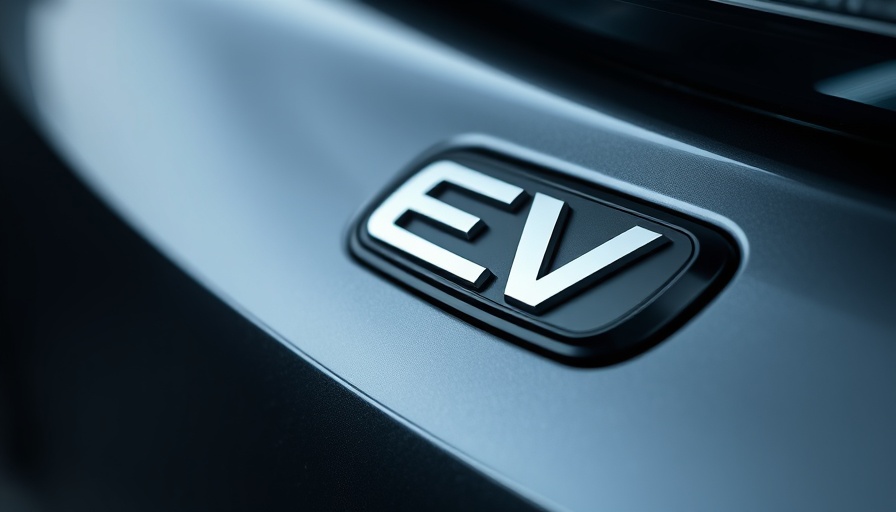
The Clean Vehicle Tax Credit Overview: A Game Changer for EV Buyers
The Clean Vehicle Tax Credit is transforming the landscape for electric vehicle (EV) buyers in the United States, especially against the backdrop of the Inflation Reduction Act. Designed to make EVs more accessible, this tax credit could provide substantial savings for homeowners and eco-conscious consumers alike. Let's dive into what you need to know about the Clean Vehicle Tax Credit for 2024 and 2025, and why it matters now more than ever.
Understanding the Clean Vehicle Tax Credit
As of 2024, consumers purchasing new electric vehicles can claim a federal tax credit of up to $7,500, while those seeking used vehicles may qualify for up to $4,000. This credit can significantly lower the overall cost of purchasing an EV, making it an attractive option for buyers motivated by sustainability or cost savings. What sets the current offering apart from previous iterations is the consolidation of eligibility criteria and the instant credit option, allowing consumers to apply the tax benefit at the point of sale.
New Eligibility Requirements: What You Should Know
To qualify for the Clean Vehicle Tax Credit, vehicles must undergo final assembly in North America and meet specific battery component and critical minerals requirements. As outlined by the IRS, these requirements will evolve yearly, with the expectation that a greater percentage of batteries will need to be sourced from within North America by 2029. Income limits also play a crucial role in determining eligibility. For new vehicles, single filers must earn below $150,000, while married couples filing jointly face a cap of $300,000.
Massive Savings: How to Claim Your Credit
The claiming process has been simplified. Taxpayers can now either claim the credit via Form 8936 during their tax filing or transfer it directly to the dealership for an immediate discount. This change allows buyers to eliminate the waiting period for tax refunds, increasing the appeal of going green.
The Market Impact: Why This Matters for Consumers
The Clean Vehicle Tax Credit is not only financially beneficial for individual consumers but also plays a pivotal role in larger economic and environmental arenas. As EV adoption accelerates, the demand for renewable energy solutions increases, supporting U.S. job growth in green technology sectors. The more consumers that invest in EVs, the more manufacturers are incentivized to innovate in sustainable technology, creating a positive feedback loop in the market.
Local vs. Global Perspectives: An Evolving Landscape
While the nationwide Clean Vehicle Tax Credit is a significant stride, awareness of additional local and state-level incentives is critical. In places like California and New York, this credit can be stacked with state incentives, yielding even higher savings. Consumers should investigate these programs to fully benefit from available resources for switching to electric.
Looking Ahead: Future Predictions for the EV Market
The path ahead for EV adoption seems promising. Experts predict that as technology improves and prices decrease, more consumers will make the switch to electric vehicles. The Clean Vehicle Tax Credit will continue to play an essential role in shaping consumer behaviors and boosting installations of charging infrastructure, making EVs a viable option for everyone.
Conclusion: Take Action and Embrace a Greener Future
Whether you want to lower your energy costs or simply seek a sustainable lifestyle, the Clean Vehicle Tax Credit offers a significant opportunity to make a positive change. If you're considering purchasing an electric vehicle, now is the time to explore your options and ensure you’re capitalizing on this tax benefit. Consult with a tax professional to navigate the details and maximize your savings. The future of driving electric is bright!
 Add Row
Add Row  Add
Add 



 Add Row
Add Row  Add
Add 
Write A Comment